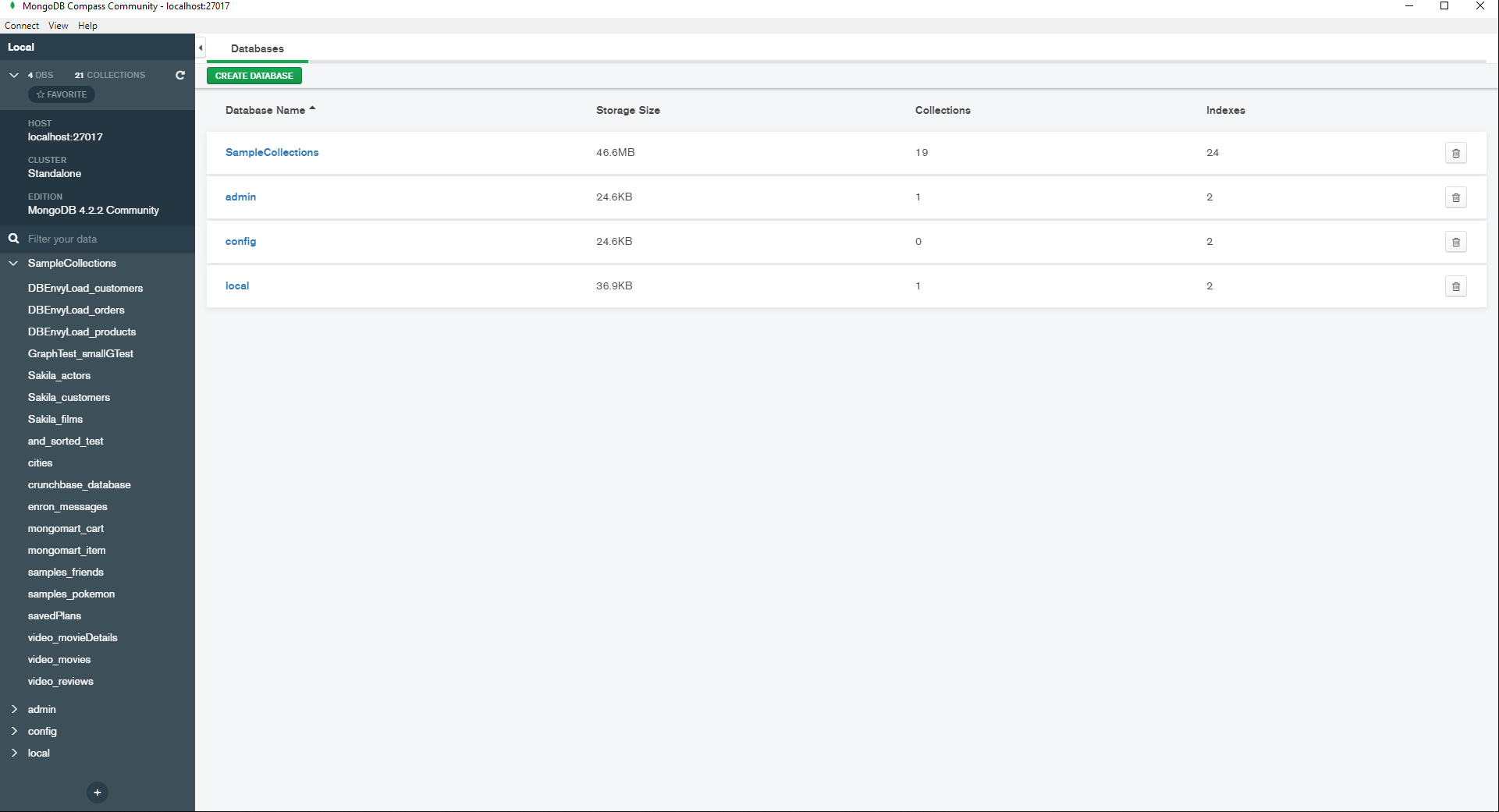
This tutorial was validated using a server running Ubuntu 20.04, and you can prepare your server by following this initial server setup tutorial for Ubuntu 20.04. Let’s take a deeper look at what the database is doing using the EXPLAIN method we learned about during the investigation phase. To follow this tutorial, you will need: A server with a regular, non-root user with sudo privileges and a firewall configured with UFW. To create an index in MongoDB, simply use the following syntax: db.collection.createIndex(, )įor instance, the following command would create a single field index on the field color: db.collection.createIndex( ) With just a few simple commands, MongoDB will automatically sort these fields into separate entries to optimize your query lookups. When you know the queries ahead of time that you’re looking to speed up, you can create indexes from within MongoDB on the fields which you need faster access to. In MongoDB the sortB圜ount aggregation pipeline stage groups incoming documents based on the value of a specified expression, then computes the count of documents in each distinct group. These indexes then enable your queries to perform at faster speeds by minimizing the number of disk accesses required with each request. Syntax The command has the following syntax: Note Starting in version 4.2, MongoDB implements a stricter validation of the option names for the count command. Indexes store a small portion of each collection’s data set into separate traversable data structures. Just like relational databases, NoSQL databases like MongoDB also utilize indexes to speed up queries. If you found during your investigation in Part One that your queries are being slowed down by unnecessary collection scans, you may want to consider using user-defined indexes in MongoDB. When operating at scale, most primary production databases cannot afford any collection scans at all unless the QPS is very low or the collection size itself is small. Avoiding Collection Scans using User-Defined Read Indexes


In this blog post, we’ll discuss several other targeted strategies that we can use to speed up those problematic queries when the right circumstances are present.
#Mongodb compass group by count how to#
In Part One, we discussed how to first identify slow queries on MongoDB using the database profiler, and then investigated what the strategies the database took doing during the execution of those queries to understand why our queries were taking the time and resources that they were taking.


 0 kommentar(er)
0 kommentar(er)
